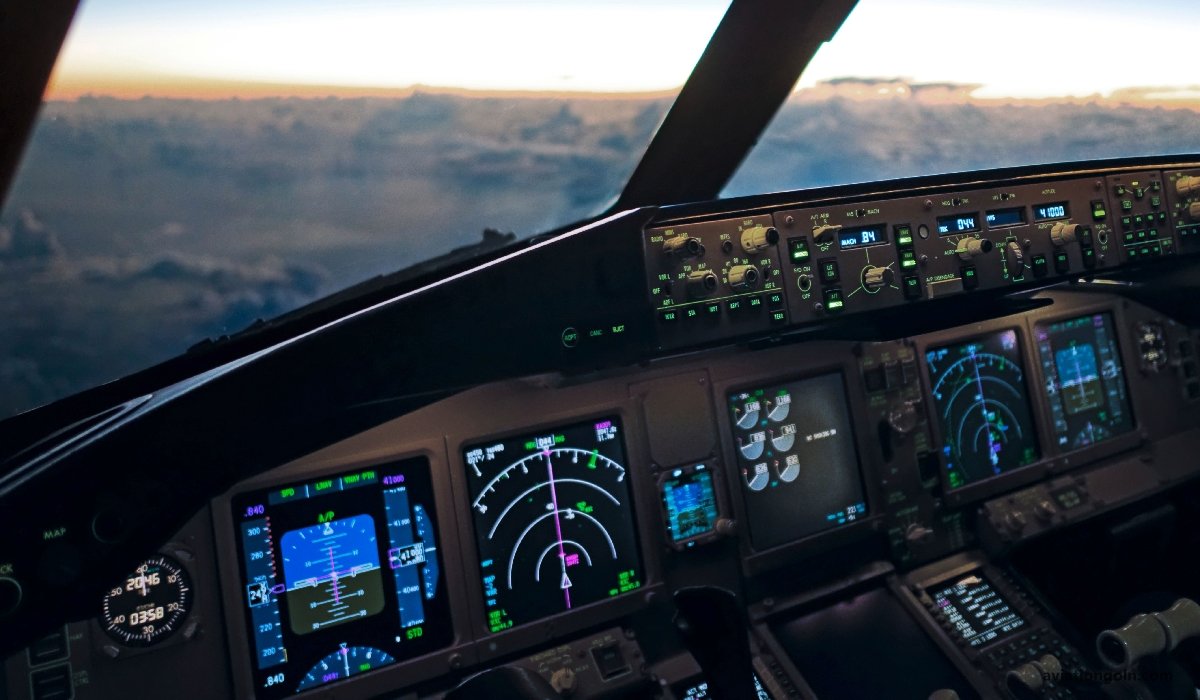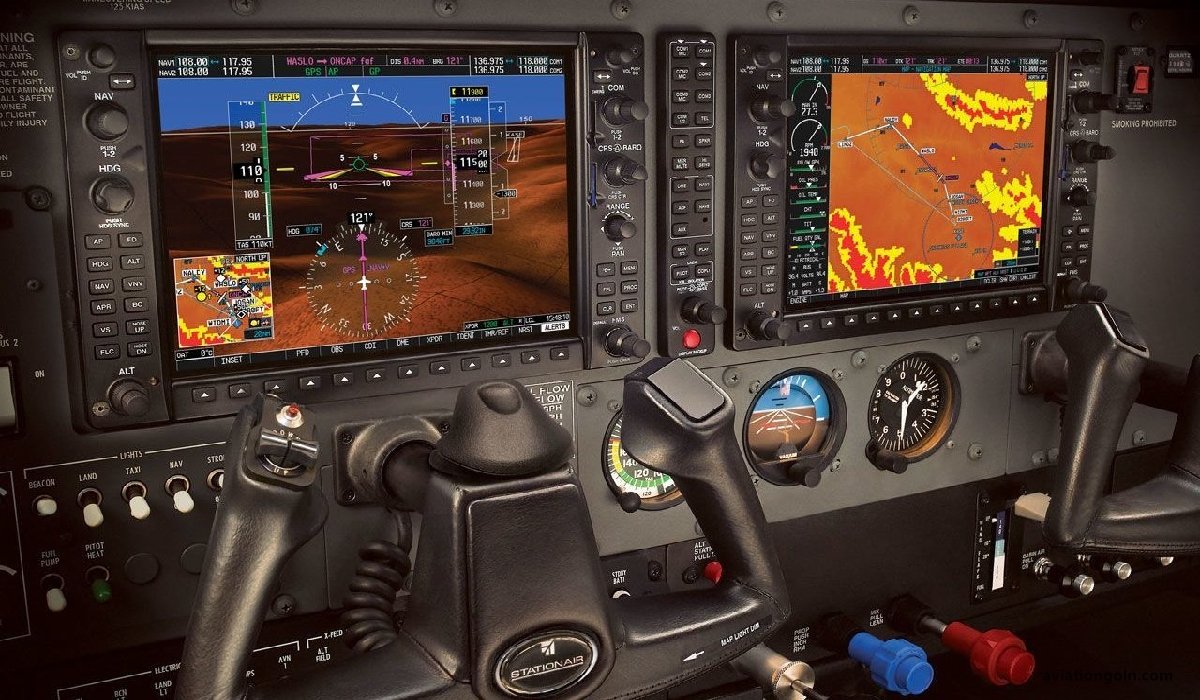Avionic Systems and Advances: In the annals of aviation, as aircraft designs evolved, so did the complexity and capability of onboard systems. One of the most profound developments has been in the realm of avionics – the electronic systems used in aircraft, satellites, and spacecraft. Today, avionics are the nerve center of any modern aircraft, governing everything from navigation and communication to automated flight and collision avoidance.
Avionic Systems and Advances: Navigating the Future of Aircraft Systems and Avionics

1. Introduction to Avionics
‘Avionics’, a portmanteau of ‘aviation’ and ‘electronics’, encompasses all electronic devices and systems that perform individualized functions on aircraft, helicopters, UAVs, and other airborne platforms.
1.1. Key Functions
- Navigation: Determining the aircraft’s position and direction.
- Communication: Ensuring steady communication with ground control and other aircraft.
- Monitoring: Overseeing the health of the aircraft and its systems.
- Automated Flight: Assisting pilots with tasks such as autopilot, auto-throttle, and landing.
- Collision Avoidance: Detecting other aircraft or obstacles and guiding the aircraft away from them.

2. Core Avionic Systems
2.1. Flight Instruments
This suite of tools provides pilots with information on altitude, speed, direction, and many other flight parameters.
- Altimeter: Measures altitude.
- Airspeed Indicator: Displays the aircraft’s speed relative to the surrounding air.
- Artificial Horizon (Attitude Indicator): Shows the aircraft’s attitude relative to Earth’s horizon.
- Magnetic Compass: Indicates the aircraft’s orientation relative to Earth’s magnetic field.
2.2. Navigation Systems
- VOR (VHF Omnidirectional Range): A ground-based system that helps pilots determine their position and stay on course.
- GPS (Global Positioning System): A satellite-based navigation system that provides geolocation and time information.
- Inertial Navigation Systems (INS): Uses motion sensors to continuously calculate position, orientation, and velocity without external references.
2.3. Communication Systems
From VHF radios for communicating with air traffic control to satellite systems, communication tools ensure pilots can relay and receive vital information.
2.4. Automated Flight Systems
- Autopilot: Takes over basic flight tasks, reducing pilot workload.
- Flight Management Systems (FMS): A computer system that automates in-flight tasks and assists with efficient navigation.
2.5. Surveillance and Detection
- Radar: Uses radio waves to detect objects, weather formations, and terrain.
- TCAS (Traffic Collision Avoidance System): Monitors the airspace around an aircraft for other aircraft equipped with transponders, providing collision avoidance advice to the pilot.

3. Recent Advancements in Avionics
3.1. Integrated Modular Avionics (IMA)
Modern aircraft are moving away from standalone systems, and embracing IMAs. Here, multiple avionic functions share resources on common sets of hardware.
3.2. ADS-B (Automatic Dependent Surveillance-Broadcast)
A replacement for traditional radar, ADS-B provides air traffic controllers with more accurate information and allows aircraft to detect and avoid each other.

3.3. Electronic Flight Bags (EFBs)
These digital information management devices reduce the need for paper manuals and charts in the cockpit.
3.4. Digital Communication – Data Comm
A system that allows pilots and air traffic controllers to communicate using text-based messages, reducing misunderstandings.

4. Challenges and Concerns
4.1. Cybersecurity
As avionic systems become interconnected and reliant on software, the risk of cyber-attacks increases.
4.2. Electromagnetic Interference
Modern aircraft are filled with electronic devices, all of which must operate without interfering with each other.
4.3. System Complexity
While advancements improve safety and efficiency, they also add layers of complexity, which can lead to challenges in training, operation, and maintenance.

5. Future of Avionics: A Glimpse
5.1. AI and Machine Learning
The integration of AI can help process vast amounts of data, aiding in functions like predictive maintenance, real-time decision-making, and even autonomous flight.
5.2. Seamless Ground-to-Air Communication
Future avionics will ensure that aircraft are continuously connected, from pushback to landing, improving traffic management and flight efficiency.
5.3. Green Avionics
With the push for sustainable aviation, future avionic systems will play a role in optimizing flight paths for fuel efficiency and reducing emissions.

The world of avionics, much like the broader aviation sector, stands on the brink of transformative change. The integration of cutting-edge technology, from AI-driven tools to green avionic systems, promises a safer, efficient, and more sustainable future for air travel.
Today’s modern aircraft are marvels of technology, and avionics are their beating heart. As we gaze into the horizon, it’s clear that the confluence of innovation and aspiration will continue to drive the aviation industry to newer heights. The future, it seems, is not just in the skies but also in the silicon and code that empower our journeys.
Read more:
